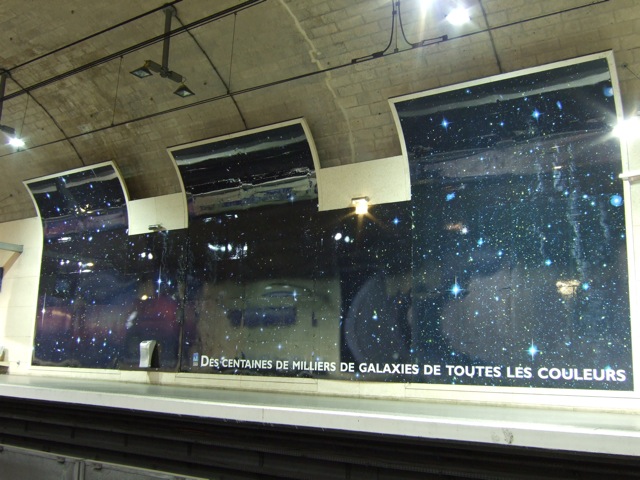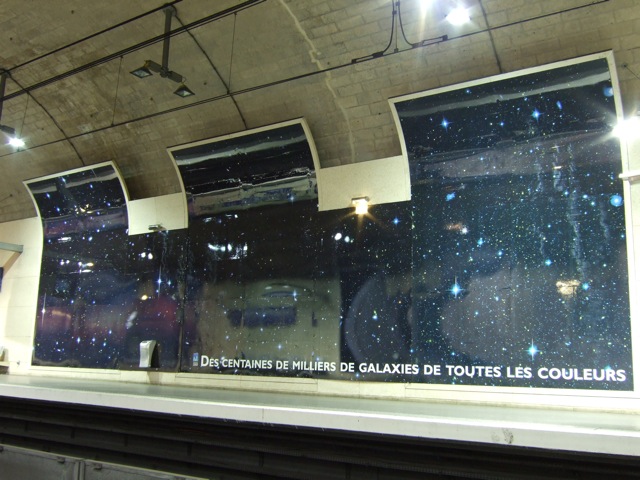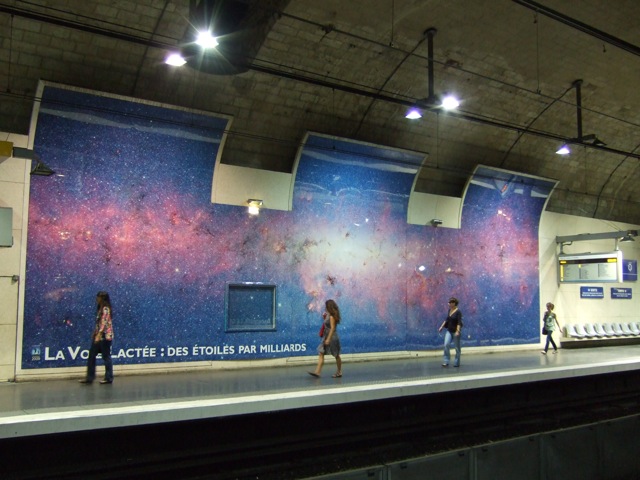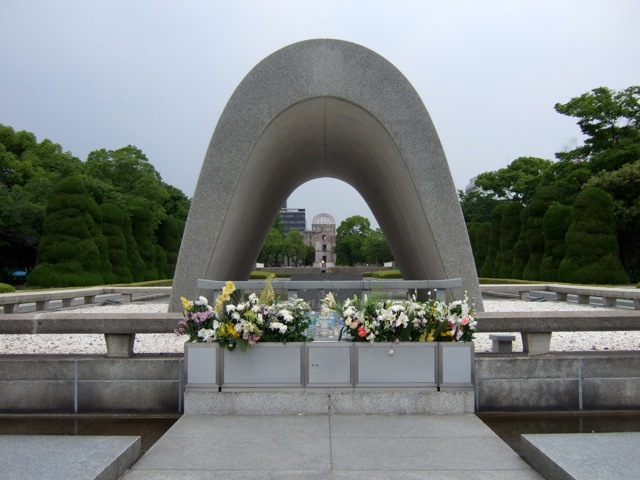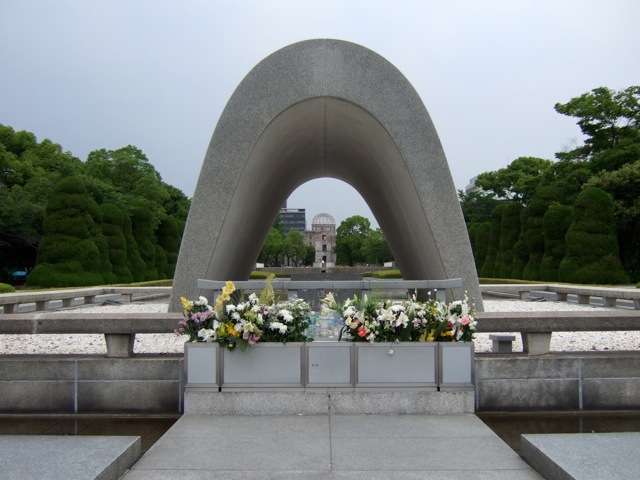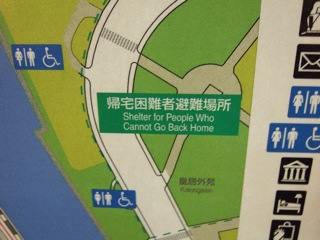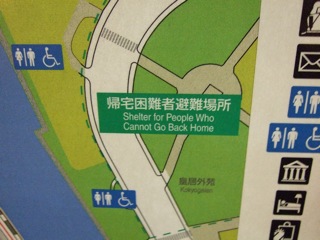Jacques Yonnet and the secret course of the Bievre
A few weeks ago I finished Jacques Yonnet’s excellent “Rue des Maléfices”; an imperfect translation might read “Witchcraft Street”. It’s probably one of my favourite books I’ve read in French, although reading it took me a very long time at the text is very opaque. Long passages of the book’s dialogue are in 1940’s-era parisian argot. Parsing the full meaning demands repeated re-reading. Jacques Yonnet himself, circa 1935, real or disguise you decide:
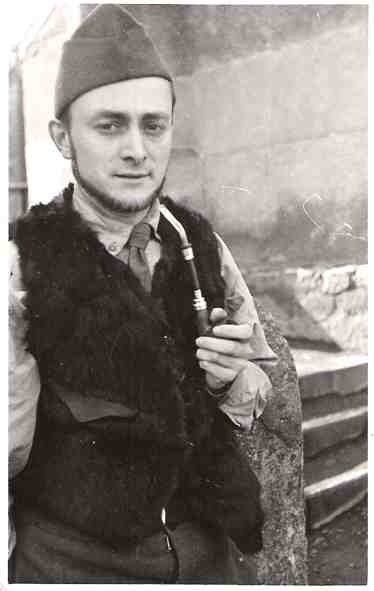
The arduous trek through obscure lingo is more than worth it. Yonnet’s book is essentially a series of short stories (five to ten pages in each case) linked to a particular location in Paris. Yonnet digs down through layers of history in some cases, going back to events that happened in the middle ages to explain events in contemporary paris. Other stories recount events in 1940s and 50s…. The best and most vivid chunk of the book takes place during the occupation.
The stories are wonderful. At the start of the book he explains how rue 1bis rue du Bievre, just a few steps from Notre Dame and the Seine became the tiny patch of grass that it is today, a gap in the street. There is no building there. Well: the building was cursed. He explains in terrifying realistic detail how a gypsy’s malediction led to the building’s eventual demolition, after the owner lost in quick succession his dog and his wife (the latter of which, were are told, was last seen heading in the direction of the Seine with man who was known to own a boat).
Most of the scenes in the book take place near to Rue Mouffetard, which in the book is called La Mouffe. Yonnet’s character (who is actually Yonnet? I’ve not been able to make up how much of the book is real…) spends a fair amount of at the bar “Au vieux chene” on the rue Mouffetard, where he meets all kinds of interesting people. In one scene our heroes examine in detail a map of Paris to understand why bad things happen at the particular street they happen at. The explanation is what Iain Sinclair would called a “psychogeographic” one and is intimately linked with how the streets lie in relationship to each other and the Seine.
Of course all these events happen not so far from where I live and work. In one scene very close to the book’s obscure core our hero is taken to a zone beyond his knowledge but one that I know quite well; south of boulevard Arago. After squeezing through a centimetre-wide gap between two buildings and jumping over a narrow fetid stream to reach an apartment window Mr. Yonnet’s character realises that there is still a tiny bit of the river Bievre open to the sky. This grimy stream is the Bievre, Paris’ other river, whose course today is completely beneath ground. It is actually what bisects the subterranean carrieres of the 13th and 14th arrondissements in two, and prevents any cataphiles from making an underground passage from Luxembourg to Tolbiac. And in the apartment is – well … I invite all you to read the book…
The Bievre, in the offical canon, was closed and covered at the beginning of the century. A few weekends ago, for the “Journee du Patrimoine” I visited an interesting building called “La Chateau Blanche” — this was the house of the Flemish man Jean Gobelin, who gave his name to that part of Paris. The Bievre passed nearby, in fact it was essential for a lot of the local master-crafstfmen who used its waters for processing linen for rugs and carpets.
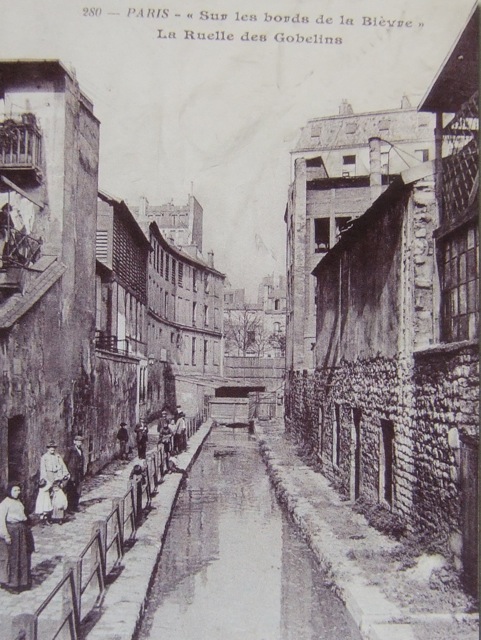
That street you see at the end of the photograph is actually the Boulevard Arago! I understand a bit better now why there were breweries underground the boulevard Arago at the beginning of the 20th century — such a source of fine, pure water would be ideal for making beer. Today, the Bievre ends is course in the sewers of Paris, although periodically people talk about opening it to the air again. Such schemes are invariably shelved after someone figures out the horrendous cost of purifying the water enough so that living creatures could come close to it. So it stays underground…
